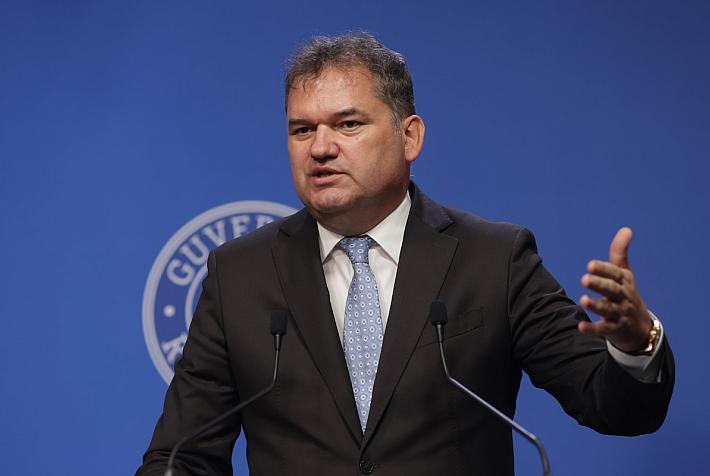Romania pays higher social welfares every year, discouraging work

The Romanian state has been paying social welfares up by around a third year-on-year in 2013 and 2014, to a higher number of people, which, sociologists warn, discourages labor. Every month, some 218,000 families, or over half a million people receive money from the state, which spends some EUR 75.6 million on welfares, according to a study quoted by Capital.
Local mayors decide who should receive the welfare payments, after conducting local investigations into the families that submit requests. The biggest number of people living on welfare is in the county of Dolj – 14,600, followed by Buzau – 11,000, Galati – 10,700, Vaslui – 10,400, and Teleorman – 10,400. On average, a person gets some RON 142 – or some EUR 32, so a family of over five people could get some RON 564 – EUR 128 in welfare.
This should be a temporary support until the beneficiary finds a job, and should be compensated by work for the community, but in reality this becomes a permanent aid. Beneficiaries are not encouraged to get a job, because of the small difference between the minimum salary and welfare. A poor Romanian family with two children will also get allowances for kids from the state, so their overall revenues from state sources will be similar to the minimum wage, this discouraging them to find jobs.
editor@romania-insider.com











